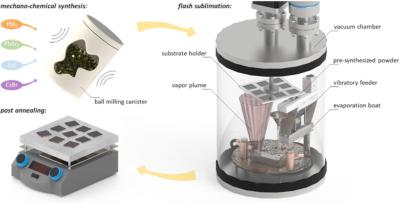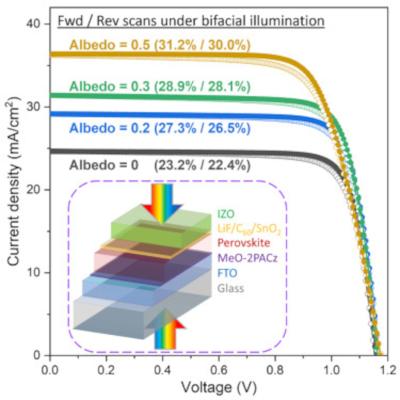NREL team evaluates sustainability pathways for perovskite photovoltaics
Researchers at NREL have examined how metal halide perovskite photovoltaics (MHP-PV) could scale a sustainable supply chain while appreciably contributing to a global renewable energy transition. They evaluated the critical material concerns, embodied energy, carbon impacts and circular supply chain processes of MHP-PVs.
Perovskite-based solar panels may play an important role amid global decarbonization efforts to reduce greenhouse gas emissions. As the technology emerges from the testing stages, scientists are assessing how best to design the solar panels to minimize their impact on the environment decades from now.





